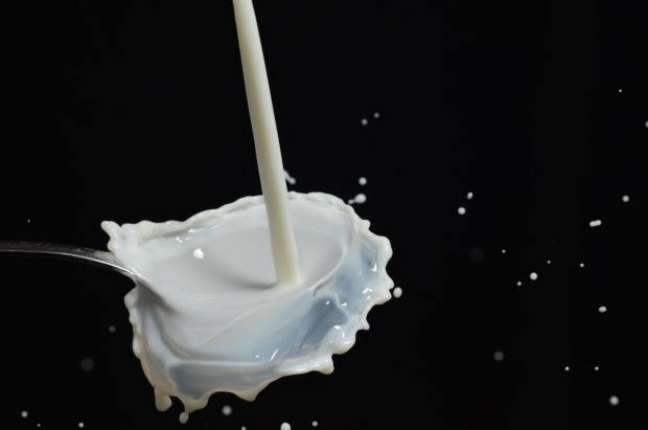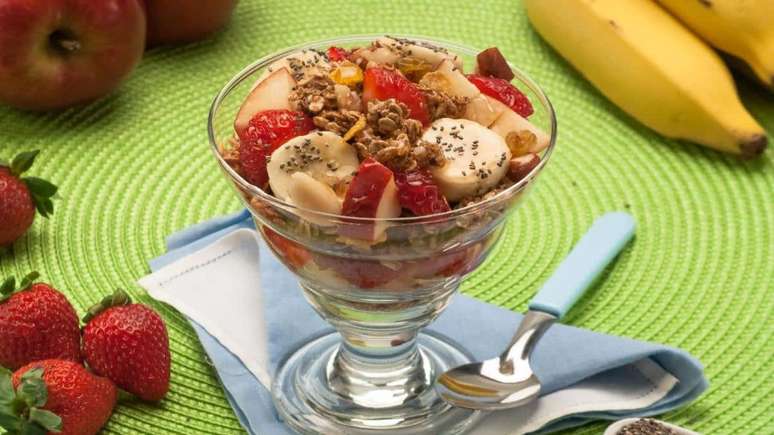Often, the product packaging is similar and can confuse parents. The functions, indications, needs and nutritional values of the formula and of the dairy compound are totally different. experts explain
When choosing formula milk, do you read the label carefully? If you don’t, you should. In addition to having different products, with brands, compositions, protein format, among other details, there are several categories, which can confuse parents. Do you know, for example, what is formula milk and what is dairy compound? The packaging is very similar and, in general, the products are together on the shelves of supermarkets or pharmacies, which can lead to errors when buying.

To help families better understand what each of these categories of baby-oriented dairy products is and what they are used for, BabyHome spoke to experts.
artificial milk
If your baby is under the age of 1 and, for some reason, is not breastfeeding or even breastfeeding, but needs a supplement, be careful – he needs formula. “Artificial milk contains micro and macronutrients in balanced and age-appropriate quantities, with the aim of ensuring nutritional intake and maintaining the biopsychosocial well-being of the mother and child,” explains pediatrician Aline Cunha, a specialist in nutrition. children, of São José dos Campos (SP). The formulas are industrialized products based on modified cow’s milk. Some versions use goat’s milk proteins or that, and can be whole or hydrolyzed, suitable for children who have a milk protein allergy. “The products are made by various modifications, in which parts of some excess nutrients are removed and some that are missing are added, always having as a reference the composition of breast milk “, explains infant nutritionist Luitgard Lima, of Clínica CliNutri (SP). All infant formulas follow the strict requirements of the National Health Surveillance Agency (Anvisa) to obtain registration. “They have to adapt to the specific needs of the formulation, based on the nutritional needs of each age group,” explains pediatrician Aline. According to her, the composition must contain only nutrients that are also present in breast milk and have adequate levels of amino acids, vitamins and minerals. “Few additives are allowed, as is the addition of dyes. This composition has to be demonstrated by analysis,” she points out.
dairy compound
The dairy compound is a product not suitable for children under the age of 1 year. «It is regulated by Ministry of Agriculture, Livestock and Supply of Brazil (MAPA) and made with a mixture of milk (at least 51%) and other ingredients: dairy or non-dairy. The compound may contain sugar, dyes and food additives, “explains nutritionist Luitgard. “The addition of vitamins, minerals, vegetable fats and fiber is optional, ie the composition does not need to adapt to the nutritional needs of childhood,” Aline points out. The compound, according to the pediatrician, may be an option in some cases of nutritionally risky children, such as malnutrition, selectivity, and low weight, among others. “It can be used, for example, as part of a strategy to increase the intake of iron, iodine, vitamin D and polyunsaturated fatty acids and decrease protein intake, compared to unfortified cow’s milk,” she explains. “However, it should be clear to families that dairy products are not products of ordinary use, much less mandatory, after 1 year of age. The most important thing is to encourage the consumption of natural and traditional foods with high nutritional value for the composition of diets quantitatively and qualitatively balanced “, he adds.
Breast milk is the first option
You probably know this already, but it doesn’t hurt to remember: breast milk is always the best option for the baby. The World Health Organization (WHO) recommends that all babies be exclusively breastfed up to 6 months of age and, thereafter, complementary to solid foods, up to 2 years or more. “Breast milk is the only food that fully satisfies the nutritional needs for an adequate growth and development of the child”, reiterates the pediatrician. “In addition, it protects against infectious and allergic diseases and promotes the establishment of an emotional bond between mother and child. These benefits have positive repercussions for the rest of the baby’s life. No breast milk substitute, not even in its nutritional composition, can be compared to it. Breastfeeding is the most effective way to prevent infant morbidity and mortality worldwide, “he concludes.
And more:
Do I want to know more? Subscribe to the newsletter of Baby Home and get more tips each week on how your baby is developing. It’s fast and free.
The best content in your email for free. Choose your favorite land newsletter. Click here!
Source: Terra
Benjamin Smith is a fashion journalist and author at Gossipify, known for his coverage of the latest fashion trends and industry insights. He writes about clothing, shoes, accessories, and runway shows, providing in-depth analysis and unique perspectives. He’s respected for his ability to spot emerging designers and trends, and for providing practical fashion advice to readers.







